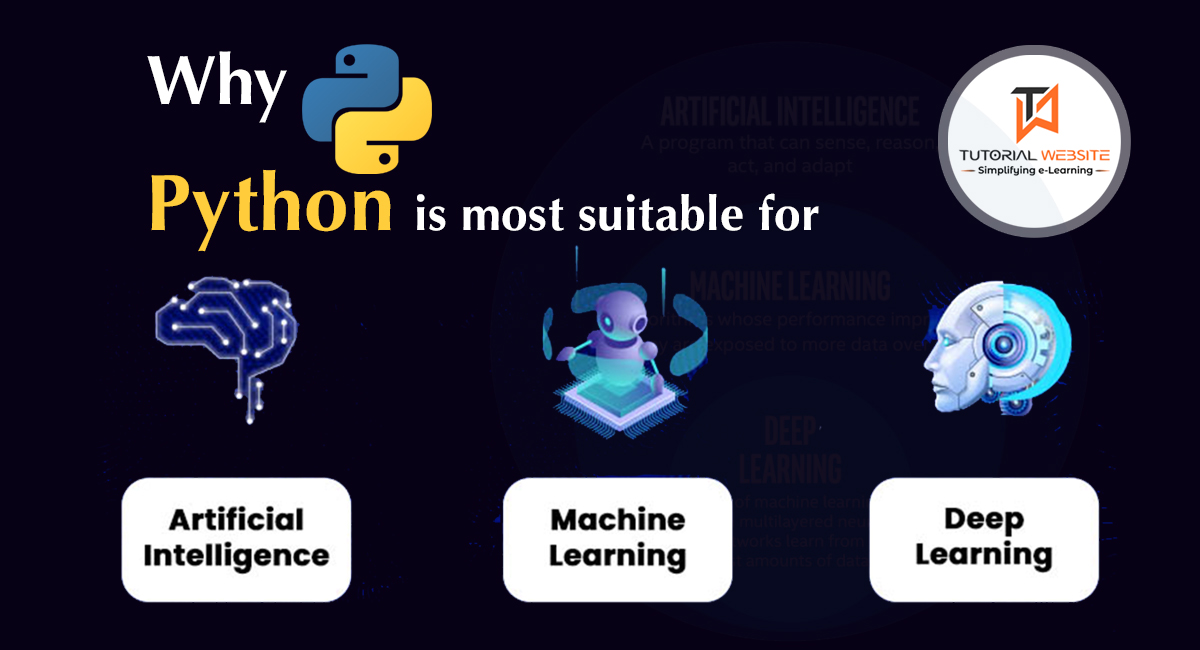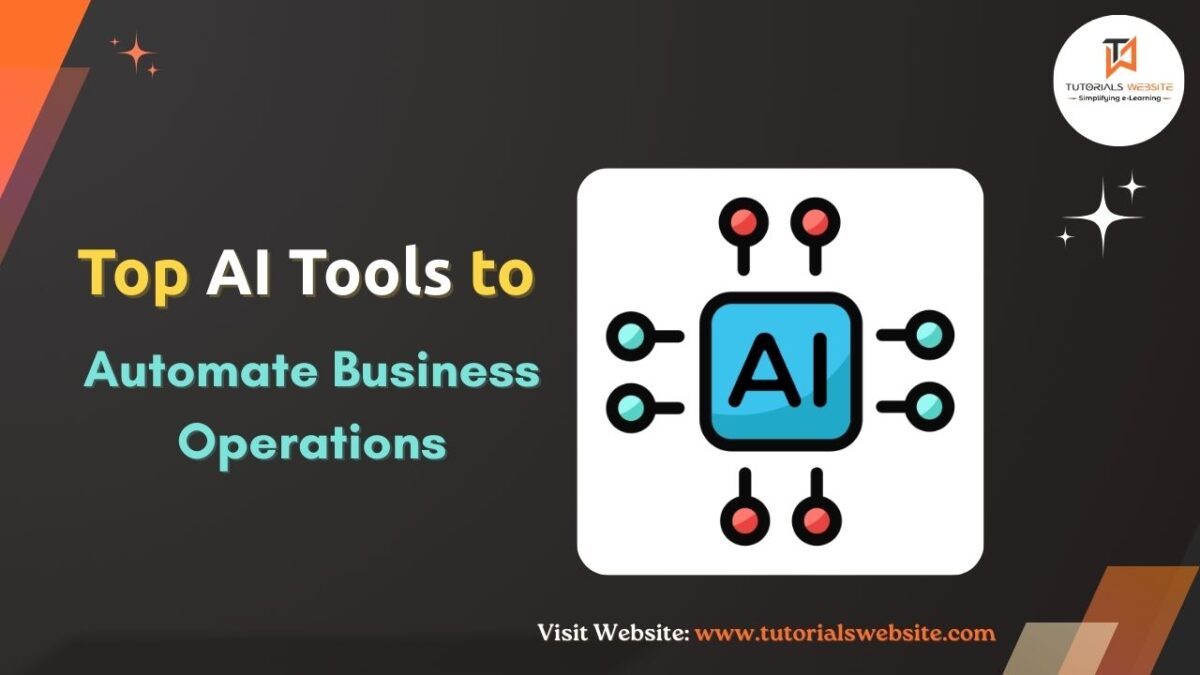Overview:
The three hot topics in the IT industry right now are deep learning (DL), machine learning (ML), and artificial intelligence (AI). These technologies are commonly used for processing and analyzing enormous volumes of data, helping to manage tasks that are no longer manageable manually due to their significantly rising volume and quality. Python has gained prominence as a programming language in recent years and has maintained that popularity. Let’s dig further to know the full potential of python!
One of the most widely utilized programming languages by developers right now is Python. It is used in everything, including deep learning, web development, machine learning, scripting, artificial intelligence, and process automation. According to a study, Python is the programming language developers utilize the most globally, 48.07% as of 2021. Python’s less complicated syntax has undoubtedly helped it gain popularity as developers’ language of choice in the tech industry.
Startups and big enterprises both value Python programming services highly. Because everything is possible with Python, programmers are in high demand. Python is widely used for DL, ML, and AI since it is readable, powerful, and scalable. They provide various computational functions, including statistical computations, scientific computing, and more. Python makes it easier for developers to feel more confident and productive when creating, deploying, and maintaining applications.
What is Python?

Python is a high-level, interpreted, object-oriented programming language with dynamically evolving semantics. It is particularly well suited for Rapid web app development and usage as a scripting or glue language to connect existing components because of its high-level built-in data structures, dynamic binding, and dynamic typing. The readability of Python code is prioritized, which lowers the cost of program maintenance. Python’s syntax is also easy and quick to learn. It allows packages and modules, which promotes the modularity and reuse of code in programs.
Suggested Read: Best Python Frameworks To Effectively Develop Web Applications
What is Deep Learning, and how does it relate to AI and ML?
Deep learning is a branch of machine learning that combines statistical methods with the idea of neural networks to tackle challenging issues. It addresses the problems of machine learning. High-dimensional data is the primary usage of deep learning. It is often used for object detection and image processing and is based on the concept of neural networks. Deep Learning mimics a brain cell, also known as a neuron, which is the core of the human brain. Despite not being the same, artificial intelligence, machine learning, and deep learning are related areas.
Deep learning and machine learning, which offer a range of neural networks and approaches to deal with data-driven challenges, are the foundations of AI. But machine learning and deep learning are just two components of artificial intelligence. It supports various fields, including expert systems, robotics, object identification, computer vision, Natural Language Processing (NLP), and more.
Why is python the best fit for Deep Learning, Machine Learning, and AI?
- Engaged community support:
The power that is Python has a sizable community supporter base. Python’s open-source nature is mainly responsible for this. Whether an expert developer or a beginner coder, you will eventually require assistance with development. You now have access to a sizable resource collection available to assist. Many manuals, courses, and other resources are available that primarily provide real-time guidance to novices and specialists.
- Flexible for use:
It seems more likely that Python has an answer for every problem. Programmers are free to select the coding style that feels most natural to them. The imperative, object-oriented, functional, and procedural styles are just a few that provide programmers room to breathe as they work through various types of problems. To achieve goals, enterprises can also collaborate with other programming languages. Flexibility provides a better setting for engineers to take control of the scenario when developing AI systems.
- Great selection of libraries:
Processing for deep learning, machine learning, and AI is a time-consuming and difficult undertaking. Therefore, the process will go wrong if the codes are not well-structured and organized. Python is thought to be the best fix for this issue by developers. Python’s strength lies in its pre-composed libraries. It allows you to quickly access, deals with, and modify information, a time-saving trick. Some common python libraries used for DL, ML, and AI are Keras, NumPy, Pandas, SciKit, and TensorFlow.
- Independent Platforms:
Python is a platform-independent language where programs created in one machine can run on another without any modifications. Python programs are readily deployed between operating systems, including Linux, Mac, and Windows. Most of the time, a Python interpreter is not necessary to run these programs.
- Simple and Readable:
If you poll developers, Python will unquestionably win the simplicity award. Python is the only programming language that can be simple and readable by a general audience. It enables programmers to create codes and systems that are more stable and reliable. Developers can easily create DL, ML, and AI models for testing algorithms and implementation processes.
- Visualization Choices:
Data is crucial for machine learning, artificial intelligence, and deep learning algorithms. Extensive visualization is required when dealing with data to uncover patterns and make sense of all the factors and circumstances. Software packages written in Python are ideal for that use. Developers can create plots, charts, and histograms to help them better understand how the data will interact and function. Some APIs enable you to create concise data reports, simplifying the visualization process.
Wrapping Up:
DL, ML, and AI significantly impact the environment in which we live, and new solutions are constantly being developed. Enterprises have realized there is no better moment to invest in these technologies than now. This is not to say that other languages can’t be used with these technologies, but if you’re seeking a holistic advantage, Python should be your first choice. Enterprises willing to take their business to the next level in the competitive world can get professional support from the digital transformation company to avail of enterprise web app development solutions built with Python to stay ahead of the competition.

Madhu Kesavan is the founder & CEO of W2S Solutions, a globally recognized digital transformation company empowering enterprises and governments in their digital journey. With 20+ years in the IT market, he makes his vision for a sustainable future come true by leveraging technology.





